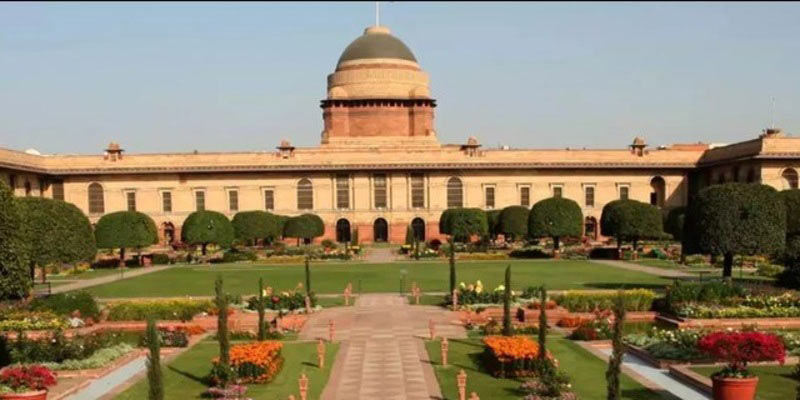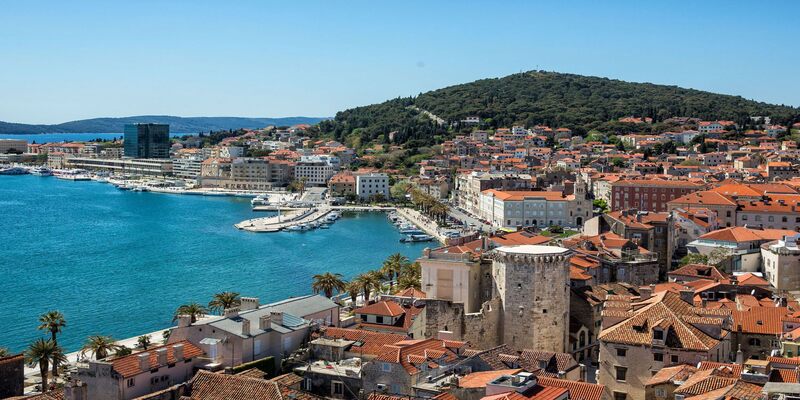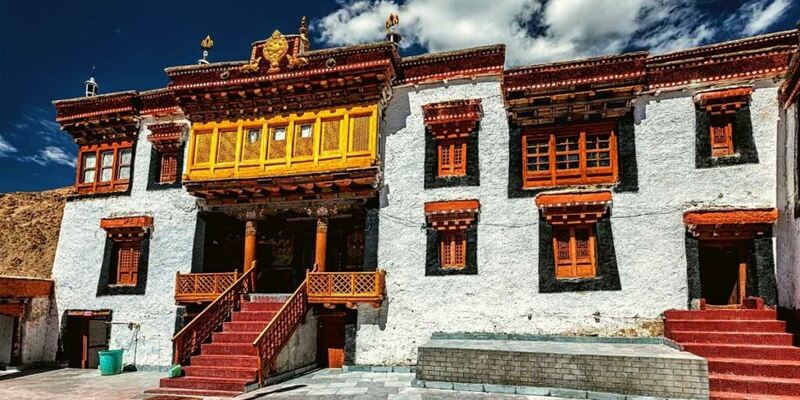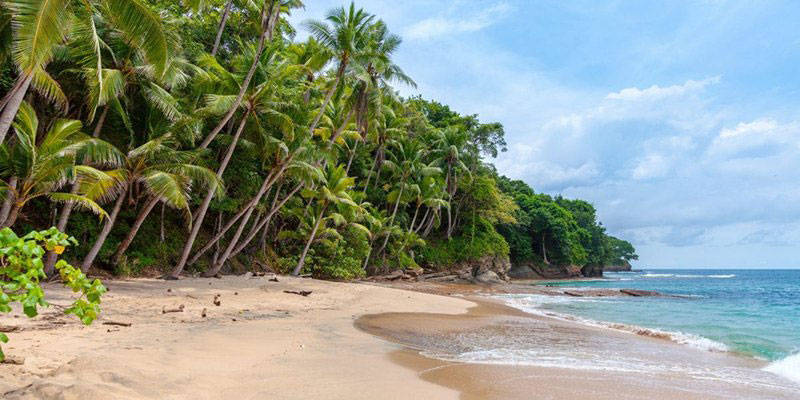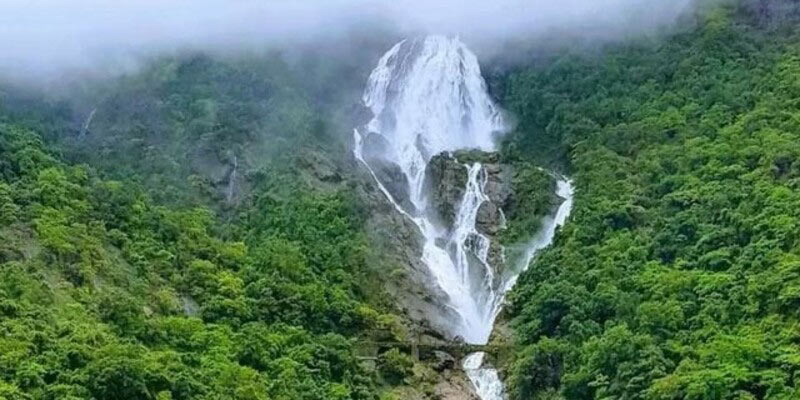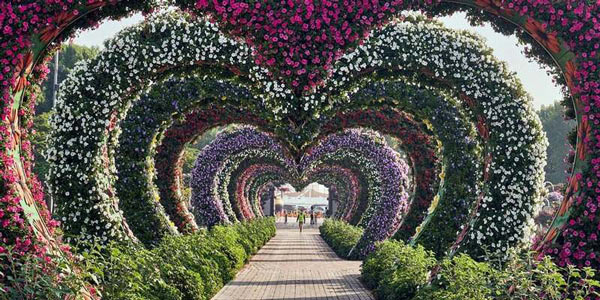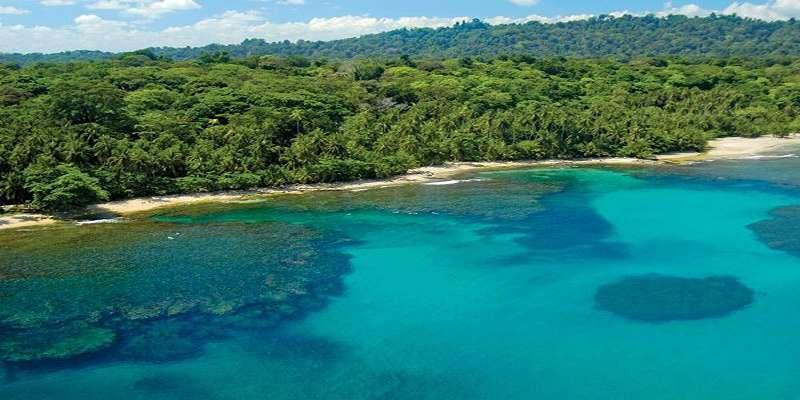Two of Cambodia's most visited destinations are on the table, and you'll have to choose between Phnom Penh and Siem Reap. This decision is challenging because both options are excellent. These two cities have a wide range of attractions, from historical landmarks to Buddhist temples, from exciting nightlife to affordable lodging.
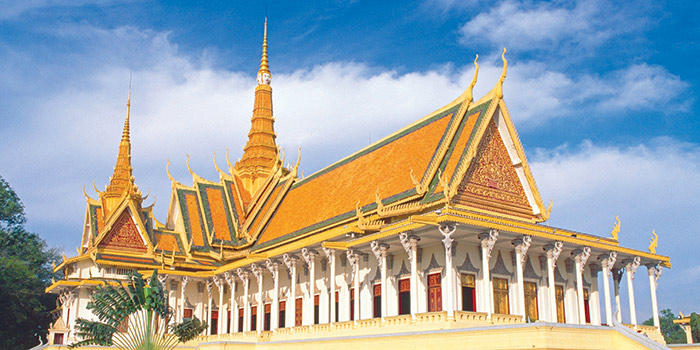
The capital city of Phnom Penh is a delight because of its royal palace, gorgeous riverbank neighbourhoods, and exquisite French architecture. Siem Reap, Cambodia, is the entry point to Angkor Wat, one of the world's seven wonders of religion. Here, you'll learn about the differences between visiting Phnom Penh and Siem Reap. Everything from how convenient it is to travel there to the cost of living and the best places to eat will be covered.
Siem Reap Vs Phnom Penh: How to Choose Between the Two
History of Siem Reap
Located on the banks of the Siem Reap River in northwest Cambodia is the city of Siem Reap. It draws its name from a Khmer word meaning 'defeat of Siam': a reference to an old fight between Khmer and Siam (present-day Thailand) (present-day Thailand). Even though it ranks second in size only to Phnom Penh, this area is better accurately described as a cluster of settlements.
History of Phnom Penh
Cambodia's capital, Phnom Penh, is situated in the nation's south, near the meeting point of the Mekong and Tonle Sap rivers. The renown of the 1434 structure, which had fallen into disrepair following a string of conflicts with Siam, was restored when France recognized Cambodia as a protectorate. Now Cambodia's economic and cultural centre, the city has experienced remarkable growth in recent years.
Best Time to Visit
Siem Reap
Before the weather becomes too hot for outdoor activities, December to April is the ideal time to visit. This is the busiest time of year for tourists, so schedule your vacation accordingly.
Phnom Penh
It has a tropical wet and dry climate, just like Siem Reap. Come during the milder and drier months of November through January.
Things To Do
Siem Reap
Angkor Wat, the world's biggest religious complex, makes Siem Reap a resort town. Angkor Wat has hundreds of temples and monuments. To avoid getting lost, bring a map or guide. Some old buildings have enormous trees growing out of their walls and ceilings!
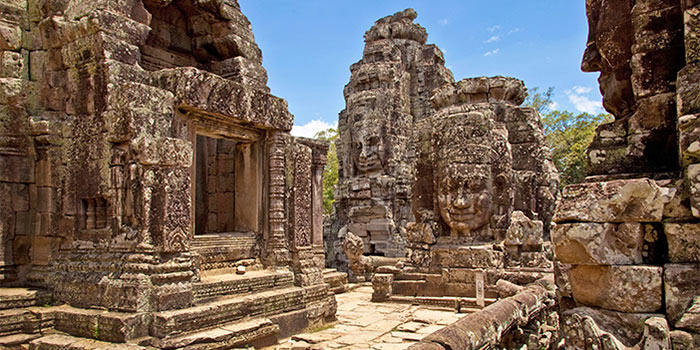
Attend a play or dance in the city. The Apsara Dance, a play with traditional Indochinese dance, is the most famous local show. The Angkor National Museum covers Khmer Buddhism and history. The War Museum Cambodia and Cambodia Landmine Museum commemorate individuals who died in mine explosions during the Cambodian Civil War.
Penh
Phnom Penh, in postcolonial Cambodia, is also historically significant. The Choeung Ek Genocide Memorial and Tuol Sleng Museum show remnants of the Pol Pot government in the 1970s. Cambodia has made devoted and successful attempts to overcome its tragic history.
Start your city tour with the Independence Memorial, an Angkor Wat-style obelisk. It celebrates several national festivities, including Cambodia's Independence Day (9 November). Visit at night with a camera! Next, explore the National Museum's Buddhist and Hindu history. This magnificent edifice houses nearly 1,000-year-old artefacts. Finally, explore Cambodia's royals in the Royal Palace. Visit the Khemarin Palace, Throne Hall, Silver Pagoda and Inner Court. Cambodia, one of Asia's remaining kingdoms, is proud of its royalty's battle against French colonialism.
Shopping And Food
Siem Reap
Visit the Angkor Night Market or the Old Market in Siem Reap to find unique gifts and souvenirs. Shopping in Siem Reap is often more costly than elsewhere in Cambodia due to the city's influx of foreign visitors. However, you can negotiate lower prices with locals even if you know Khmer. The French Quarter is home to a wide variety of excellent dining options.
Phnom Penh
Toul Tom Pong Market (Russian Market), Orussey Market, and Doeurm Kor Market are just a few of Phnom Penh's well-known marketplaces. Because Phnom Penh is home to a more substantial working population than Siem Reap, it is the ideal destination for tourists who want to live like a local while visiting Cambodia. Street 240 boasts the city's finest dining establishments.
